Good vibes hivers of the world.

Petare is a native word of the indigenous Mariches, who lived a long, long time ago, before these lands were conquered by the Spaniards back before 1498 according to the history of my country.
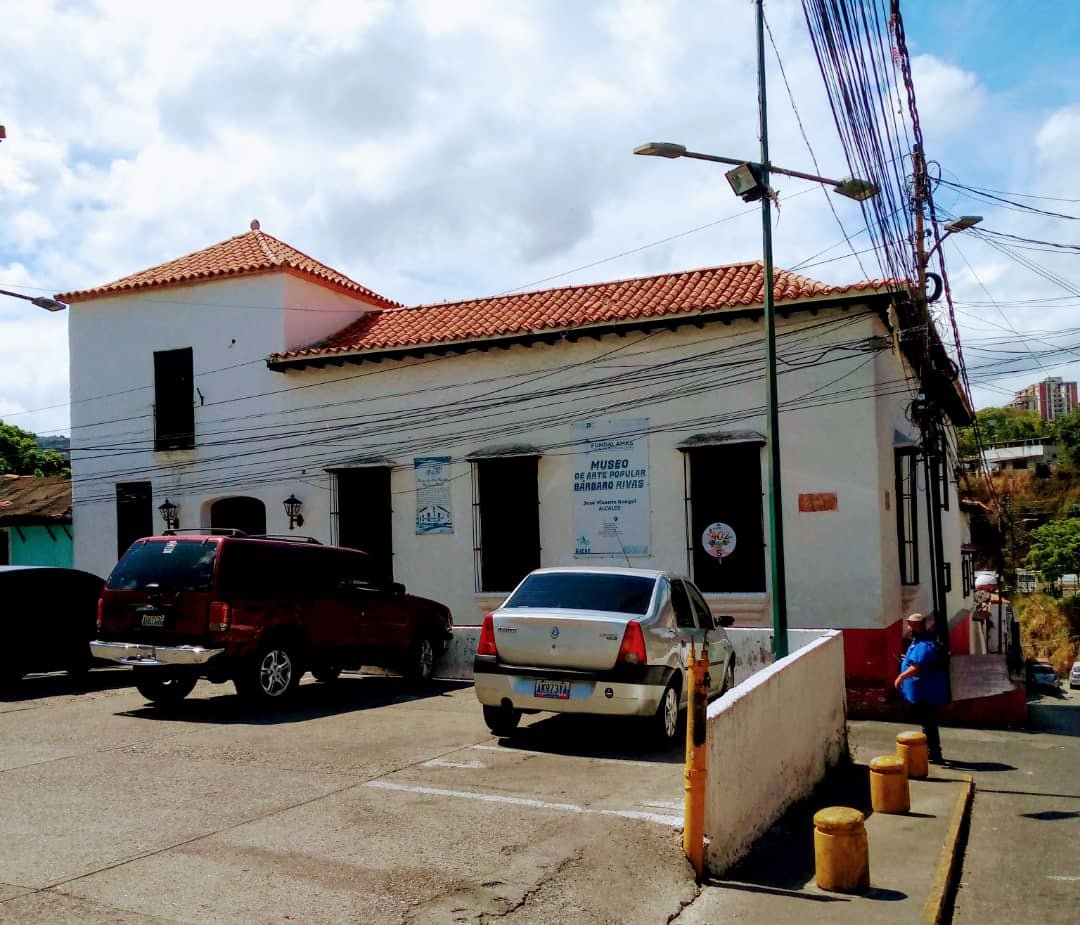
According to my dear friend Derbys, fond of telling history on the spot and who is CEO of @fundhea an organization that promotes the knowledge of history through walks in historical places in my city Caracas, Venezuela, he told us that Petare is the combination of two words Mariches, on one side Pet = face and on the other Are = River, which could be translated as "Facing the river". So you don't get lost in history, I tell you that in this place just two blocks from the Guaire River, the river that crosses my city and hence the origin of the word Petare.

Petare is the name of the oldest town in Caracas, founded about 403 years ago according to what I was told. Well, the purpose of today's post is to take you on a walk through the museum of popular art of Petare Bárbaro Rivas. So come with me to discover the architecture of this museum.
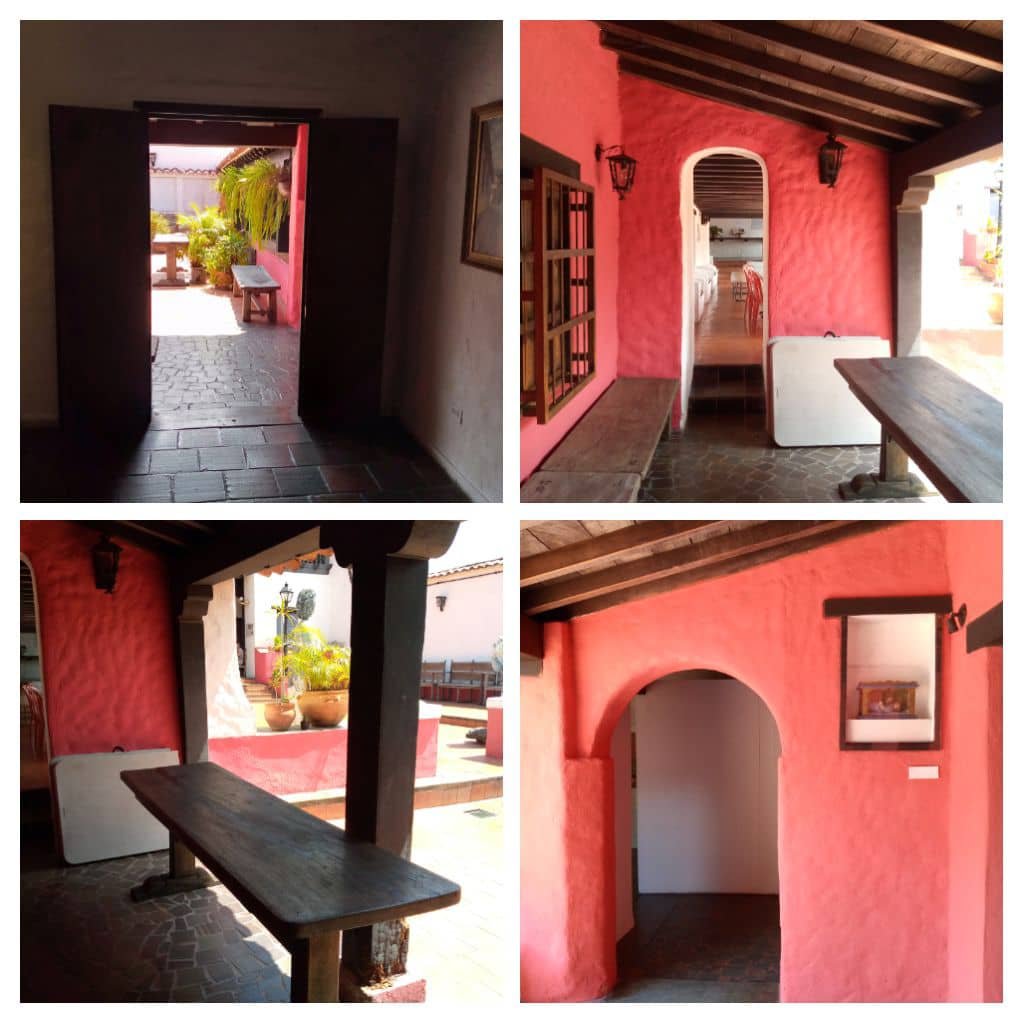
It is housed in an old house - most probably the house of a coffee plantation owner in colonial times - located on Guanches and Lino Clemente streets in the historic district of Petare, Caracas, Venezuela. On its façade we see three double-height colonial windows, made of wood and iron bars (which was very valuable in colonial times). On its north corner is a kind of tower with a balcony. The tile roofs, reminiscent of that Caracas of the red roofs.
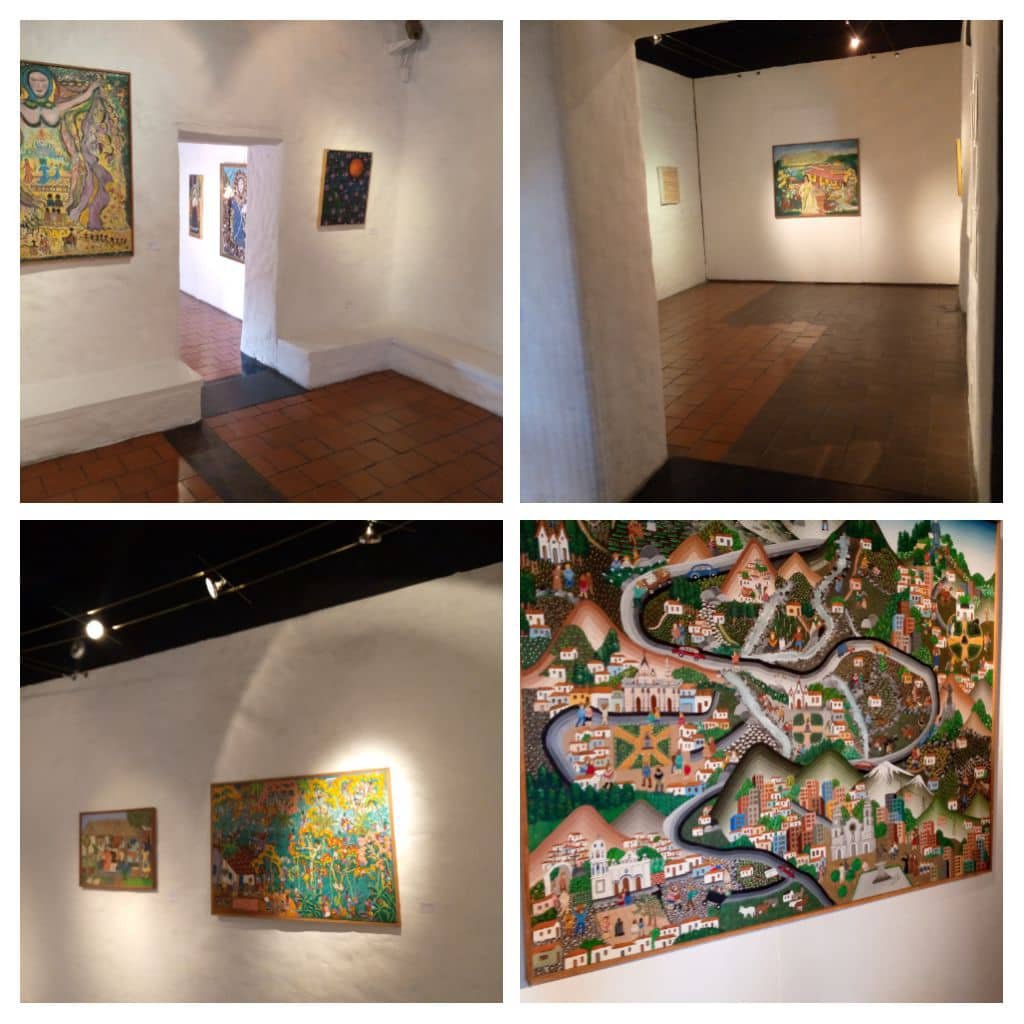
Once past the threshold of the main door we are greeted by a hallway with a bench on one side, from there you can glimpse the light and splendor of its interior. The walls with rustic finish, high and white give the feeling of freedom.

All the interior doors, windows, stairs and other decorations are made of rustic wood with varnish, which gives it that feeling of old and new at the same time. The first floor of the house is dedicated to the exhibition of folk art, while the upper floor houses the administrative offices and the storage area for folk art works.
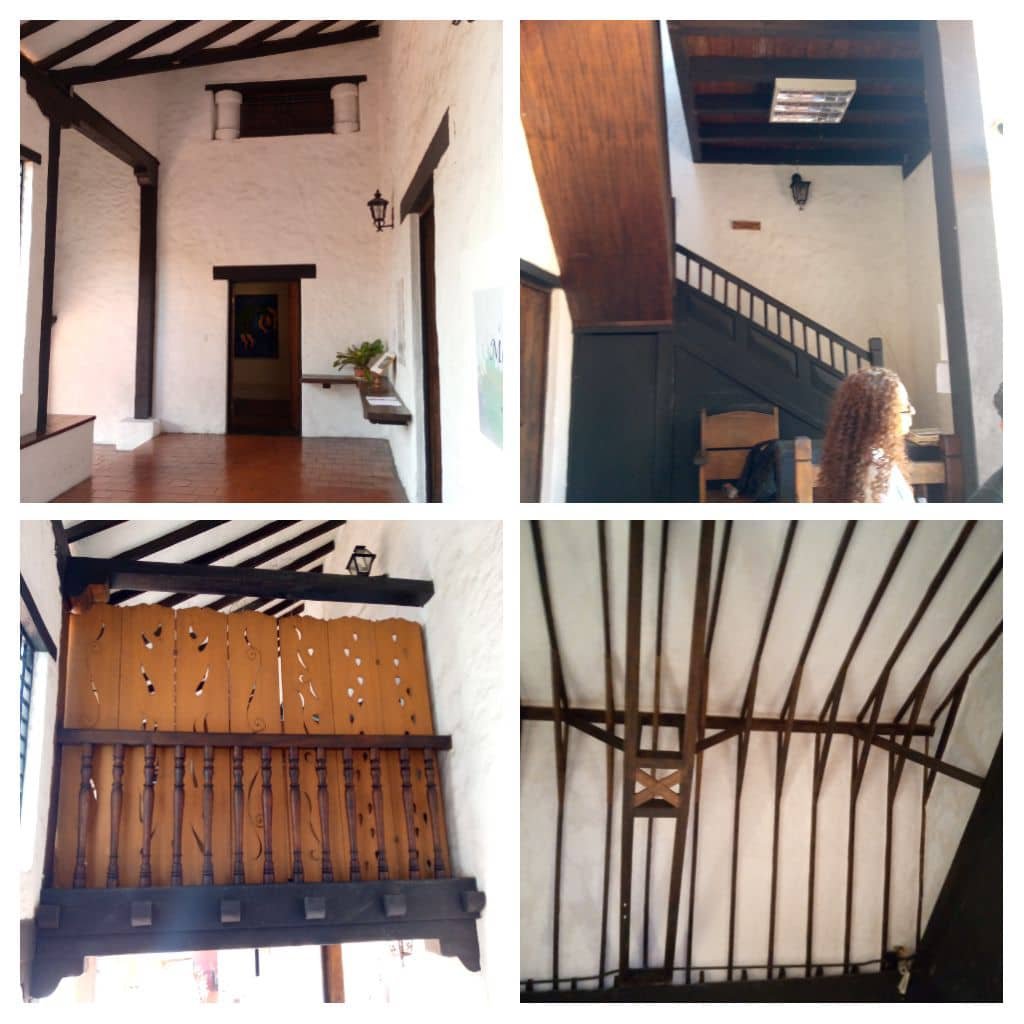
The roof was reconstructed, however, they tried to maintain the originality of the building so they placed wooden beams that protrude from the ceiling painted white. In the interior of some of the rooms the ceiling is made of tongue and groove.

By the way, Bárbaro Rivas was a painter of popular art, a native of the city of Petare, who lived at the beginning of the 20th century. Unfortunately this gentleman died in destitution without having sold a painting. Today his name gives the opportunity to so many Venezuelan artists dedicated to art as a way of life. Each room displays art from these popular artists who live in different parts of Venezuela and their work has made its way to this museum.
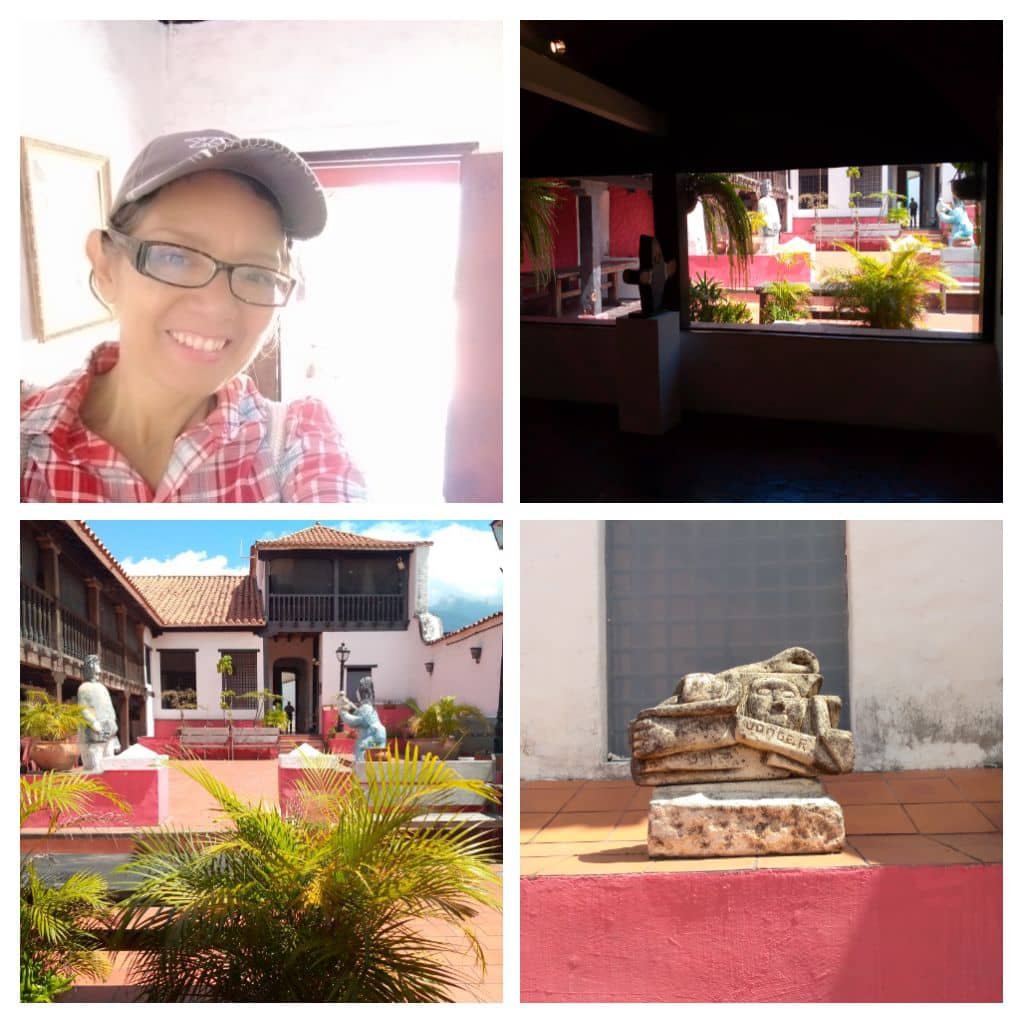
At the back of the house there is an exhibition room that took my breath away, because from there you can see the central courtyard. The silence, the wood, the glass window and beyond the plants and the patio, is simply paradisiacal.
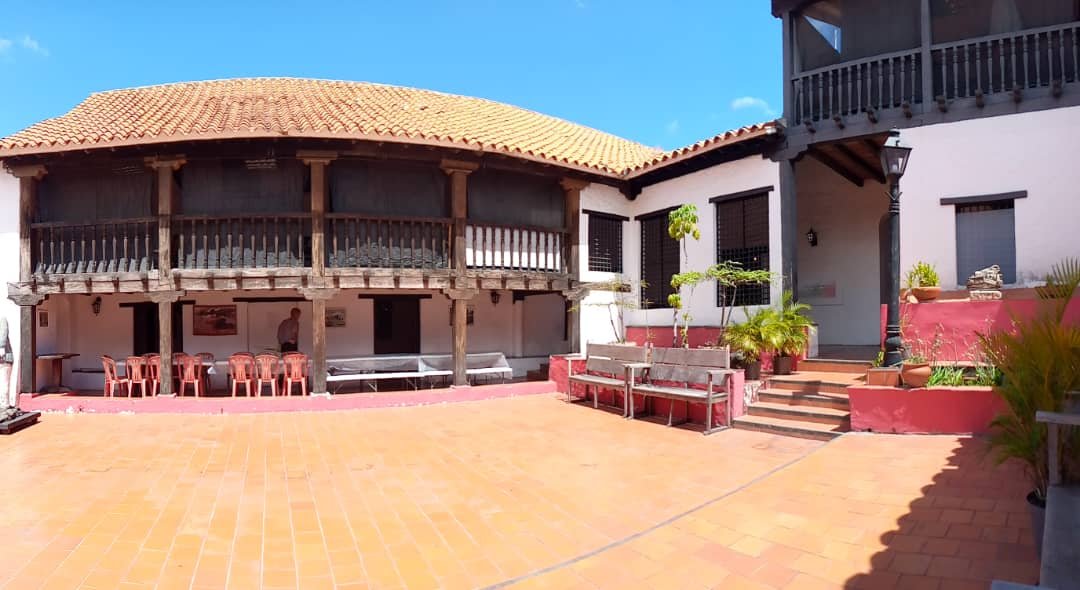
This patio, I am almost sure that in the past it was the drying patio for the coffee beans, today it has a rustic ceramic floor, a lot of plants adorn it, as well as several benches to sit on, in the center there are two figures a little grotesque for my taste: a man and a woman, who from a distance seem to be walking to meet each other, just as one day I will walk to meet my beloved... well, I hope that will happen.

Thank you for being my companion on these journeys of discovery, learning and fun.
The pinmapple code is: [//]:# (!pinmapple 10.47600 lat -66.80821 long d3scr)
Follow me on my social networks:
I used the free version of Deepl.com as a translator.

AHORA EN ESPAÑOL
Buena vibra hivers del mundo.

Petare es una palabra autóctona de los indígenas Mariches, quienes vivieron hace mucho, pero mucho tiempo, antes que estas tierras fueran conquistadas por los españoles por allá antes de 1498 según dice la historia de mi país.
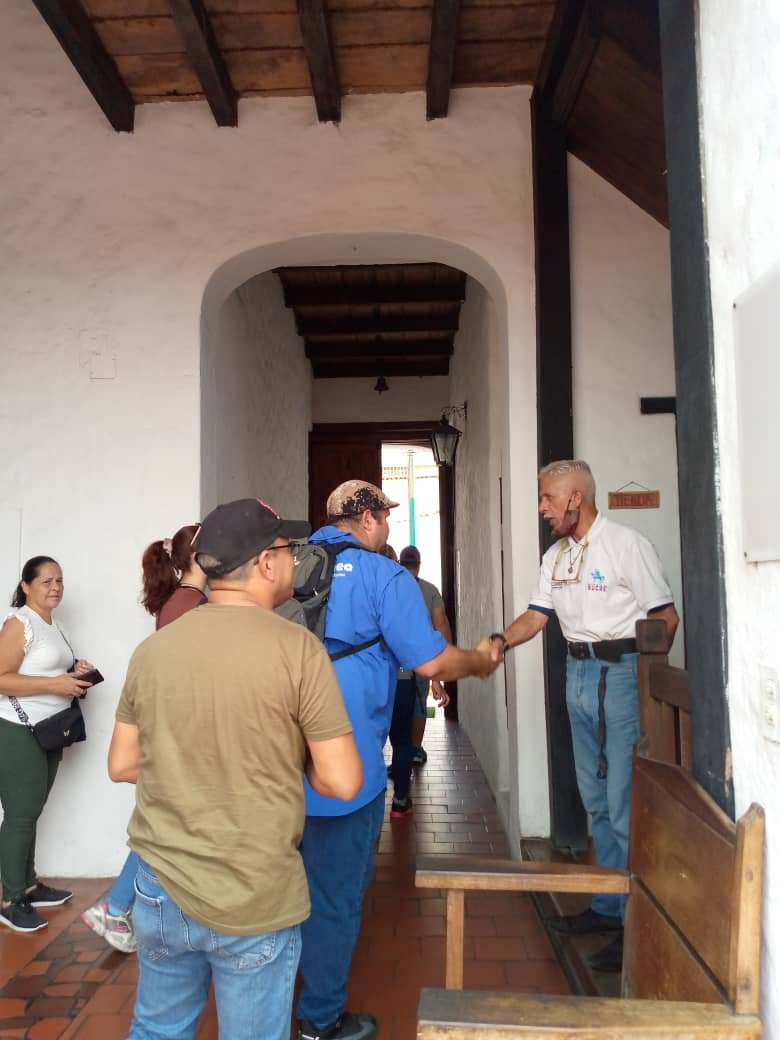
Según mi querido amigo Derbys, aficionado a contar la historia en el lugar de los hechos y quien es CEO de @fundhea organización que promueve el conocimiento de la historia a través de paseos en lugares históricos de mi ciudad Caracas, Venezuela, nos contó que Petare es la combinación de dos palabras Mariches, por un lado Pet = cara y por el otro Are = Rio, lo que se podría traducir como “De cara al rio”. Para que no te pierdas un poco en la historia, te cuento que en este lugar a escasas dos cuadras pasa el Rio Guaire, rio que cruza mi ciudad y de ahí el origen de la palabra Petare.

Petare es el nombre de la población mas antigua de Caracas, fundada hace unos 403 años según me contaron. Pues bien, mi publicación de hoy tiene como objetivo llevarte a pasear por el museo de arte popular de Petare Bárbaro Rivas. Así que acompáñame a descubrir la arquitectura de este museo.

Su sede es una antigua casa - muy probablemente fue la casa de un hacendado cafetalero de la época colonial - ubicada en la calle Guanches con Lino Clemente en el casco histórico de Petare, Caracas, Venezuela. En su fachada vemos tres ventanas coloniales a doble altura, hechas de madera y rejas de hierro (que por cierto era muy preciado en la época colonial). En su esquina norte se encuentra una especie de torre con balcón. Los techos de teja, recuerdan a esa Caracas de los techos rojos.

Una vez pasado el umbral de la puerta principal nos recibe un zaguán con un banco a un lado, desde allí se vislumbra la luz y el esplendor de su interior. Las paredes con acabado rustico, altas y blancas dan la sensación de libertad.
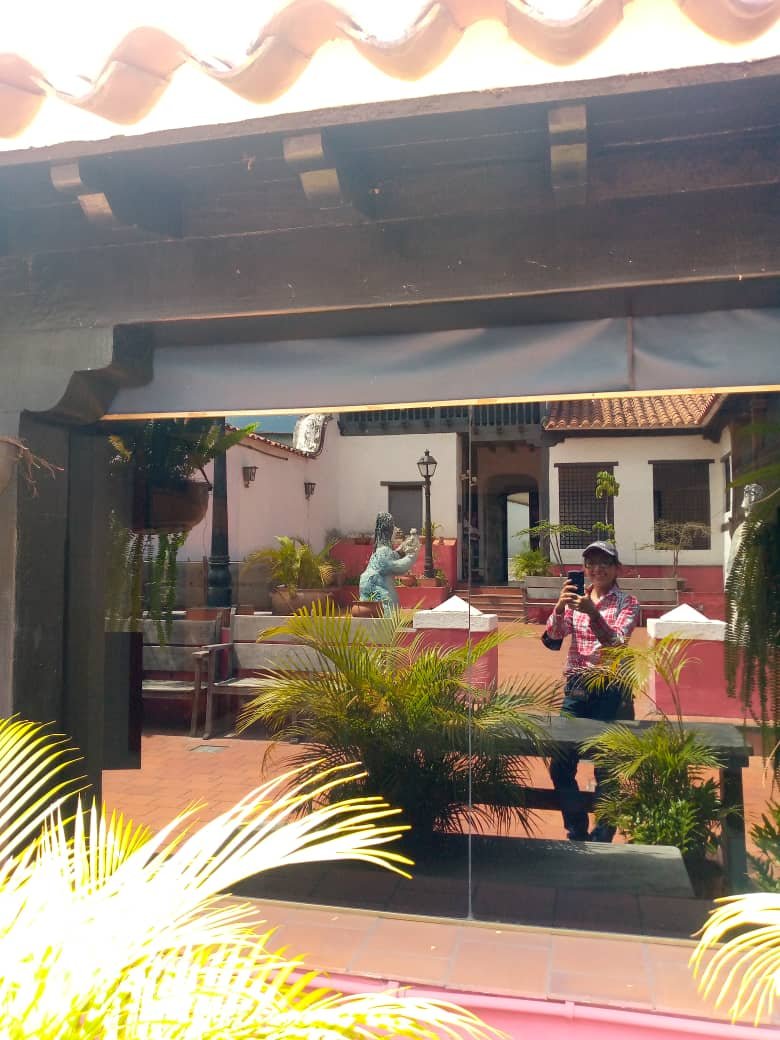
Todas las puertas internas, ventanas, escaleras y otras decoraciones son de madera rústica con barniz, lo que le da esa sensación de antiguo y nuevo a la vez. La planta baja de la casa está dedicada a la exposición de arte popular, mientras que en su piso superior se encuentran las oficinas administrativas y el área de deposito de obras de arte popular.

El techo fue reconstruido, sin embargo, trataron de mantener la originalidad de la edificación por lo que le colocaron vigas de madera que sobresalen del techo pintado de blanco. En el interior de algunas salas el techo es de machihembrado.

Por cierto Bárbaro Rivas, fue un pintor de arte popular, oriundo de la ciudad de Petare, quien vivió a principios del siglo XX. Lamentablemente este señor murió en la indigencia sin haber vendido una pintura. Hoy su nombre da la oportunidad a tantos artistas venezolanos dedicados al arte como forma de vida. Cada salón muestra arte de estos artistas populares que viven en distintas partes de Venezuela y su obra ha llegado a este museo.

Al fondo de la casa hay una sala de exhibición que me dejó sin respiración, pues desde allí se puede apreciar el patio central. El silencio, la madera, el ventanal de vidrio y más allá las plantas y el patio, es simplemente paradisiaco.

Este patio, estoy casi segura que en un pasado fue el patio de secado de los granos de café, hoy en día tiene el piso de cerámica rustica, gran cantidad de plantas lo adornas, así como varios bancos para sentarse, en todo el centro hay dos figuras un tanto grotescas para mi gusto: un hombre y una mujer, que a la distancia parecen estar caminando a su encuentro, así como un día yo caminaré al encuentro de mi amado… bueno, eso espero que suceda.

Gracias por ser mi compañía en estos viajes de descubrimiento, aprendizaje y diversión.
El código pinmapple es: [//]:# (!pinmapple 10.47600 lat -66.80821 long d3scr)
Sígueme en mis redes sociales:
Utilicé la versión gratuita de Deepl.com como traductor.
